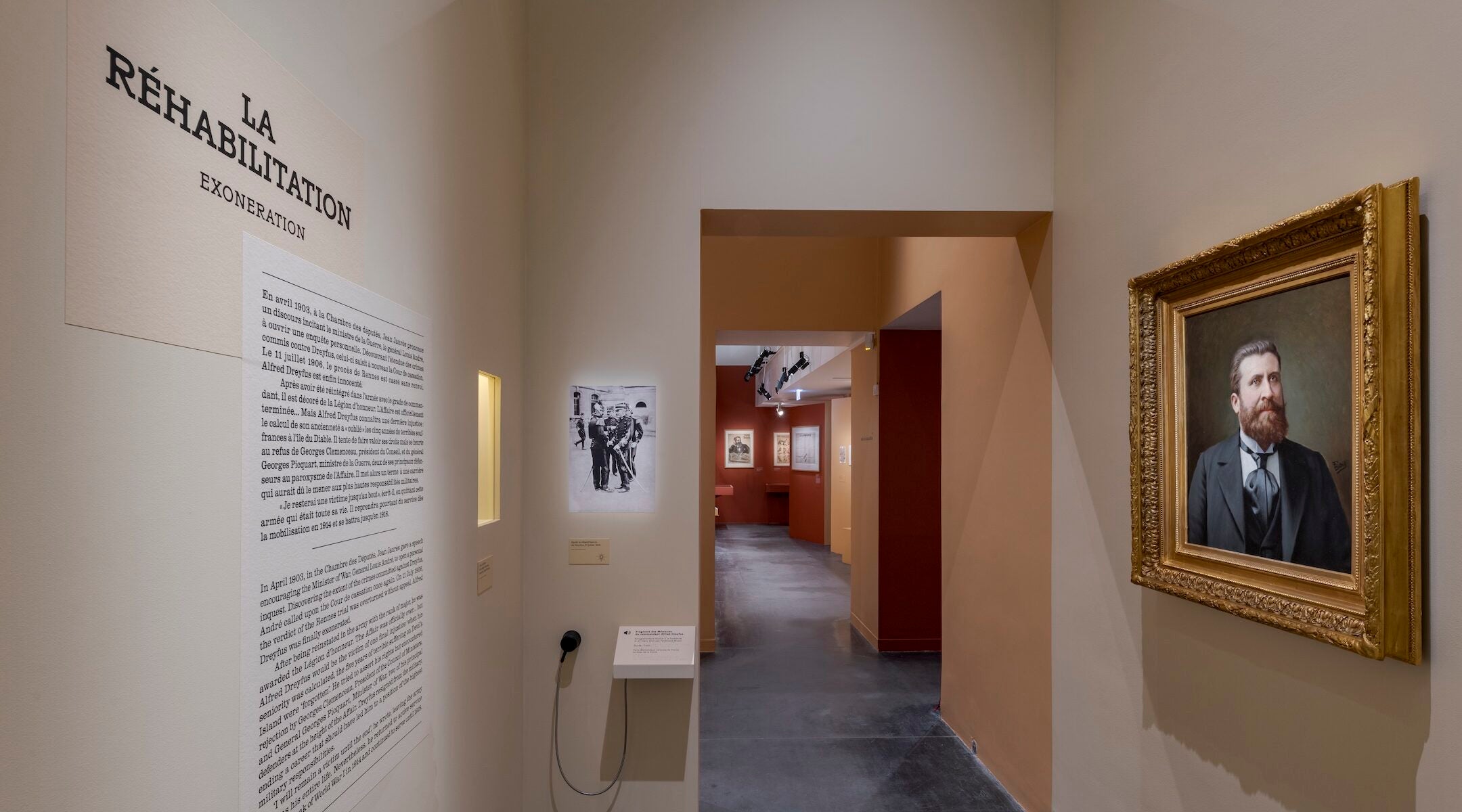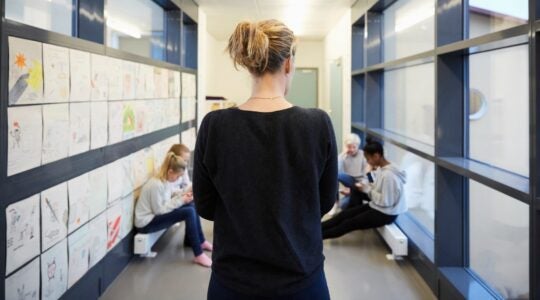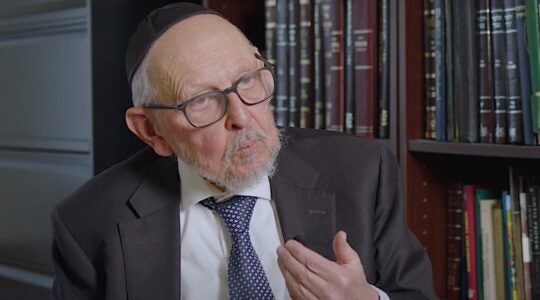Once again, the French Jewish Army captain Alfred Dreyfus is making headlines. More than 130 years after his trial for espionage, and 90 years after his death, France’s National Assembly has voted unanimously to raise his rank to brigadier general. As the French Senate weighs in on confirming the legislation, books, films and exhibits are offering American Jews a chance to revisit this critical figure in Jewish and French history.
In August, Roman Polanski’s “An Officer and a Spy,” winner of the 2019 Venice Film Festival Grand Jury Prize, will finally get its American premiere at New York’s Film Forum. Because Polanski fled the United States in 1978 to avoid sentencing after pleading guilty to unlawful sexual intercourse with a minor, and more recent accusations of sexual misconduct have been leveled against him, this film, released in Europe, has never been shown in the United States.
Dreyfus’s promotion and the Polanski film’s distribution follow the launch in 2021 of the first museum dedicated to the Dreyfus Affair, in the Paris suburb of Médan. Now, another sign of renewed interest comes in the exhibit “Alfred Dreyfus: Vérité et Justice,” on view at Paris’s Musée d’Art et d’Histoire du Judaïsme through Aug. 31. It too tells a story that feels more urgent than ever in this moment of rising antisemitism about the role the state, the media and the rule of law.
When, in 1894, evidence surfaced that a spy on the French Army’s General Staff was passing military secrets to the German Embassy, suspicion fell on Dreyfus. Accused of treason, he said: “My only crime is being born a Jew.”
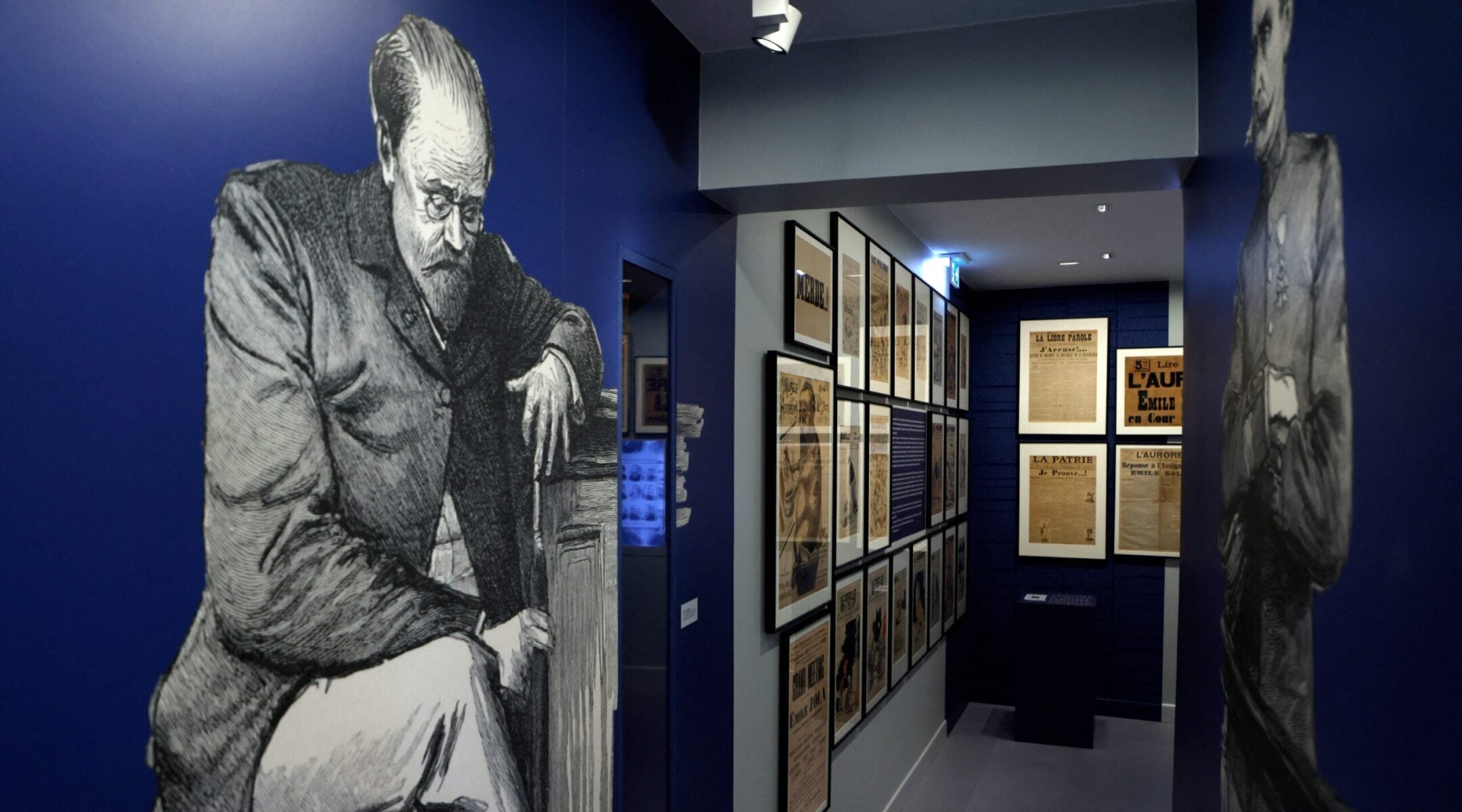
This photograph taken on Oct. 26, 2021 shows the Dreyfus museum, at the Emile Zola property in Medan, near Paris. (Ludovic Marin/Pool/AFP via Getty Images)
As Maurice Samuels, head of Yale University’s Program for the Study of Antisemitism, brilliantly demonstrated in his 2024 “Alfred Dreyfus: The Man at the Center of the Affair,” an antisemitic press that called Jews “vampires … leading France into slavery” played a leading role. To convict Dreyfus, the army manufactured a “secret dossier.” It then deported him to Devil’s Island, hoping that he would die there. Meanwhile, in the metropole, it became evident that the army had deliberately condemned an innocent man to cover up the real spy.
Immediately, the Dreyfus Affair split France. Dreyfusards demanded the Republic uphold its ideals of justice.
Anti-Dreyfusards, emboldened by the vicious antisemitic press, questioned whether Jews belonged in the nation. The antisemitic La Libre Parole published on its cover on Nov. 14, 1896 a cartoon depicting hook-nosed, bug-eyed Jews and captioned: “Judas defended by his brothers.”
The exhibit also highlights how antisemitism figured in politics. Candidates for office openly campaigned on the slogan “A BAS LES JUIFS!” (“DOWN WITH THE JEWS”). Violence erupted. Jewish shops were looted.
After the writer Emile Zola risked his life to cry out “J’accuse,” exposing the corruption of the army and the state in an open letter published in the newspaper L’Aurore, Dreyfus was returned in 1899 to French soil for another show trial. Convicted again, he was pardoned by the Republic’s president and finally exonerated in 1906.
The exhibition, directed by Isabelle Cahn and Philippe Oriol, contains over 200 objects. Personal items include the examiners’ marks on Dreyfus’s entrance exam for the École Polytechnique and the ketubah, or Jewish marriage contract, for his marriage to Lucie Hadamard, who became one of his most ardent champions during the affair. There are newspapers, letters, paintings, photos, portraits, documents, even his eyeglasses. Powerful films recount in detail his trial and arrests. The photographs lay bare Dreyfus’s life and that of his family, the affair and its aftershocks. Many of the artifacts, like the original diaries and notebooks that Dreyfus, in solitary confinement and chained to his bed each night, filled with drawings and equations to sustain himself, have rarely been or even never before exhibited.
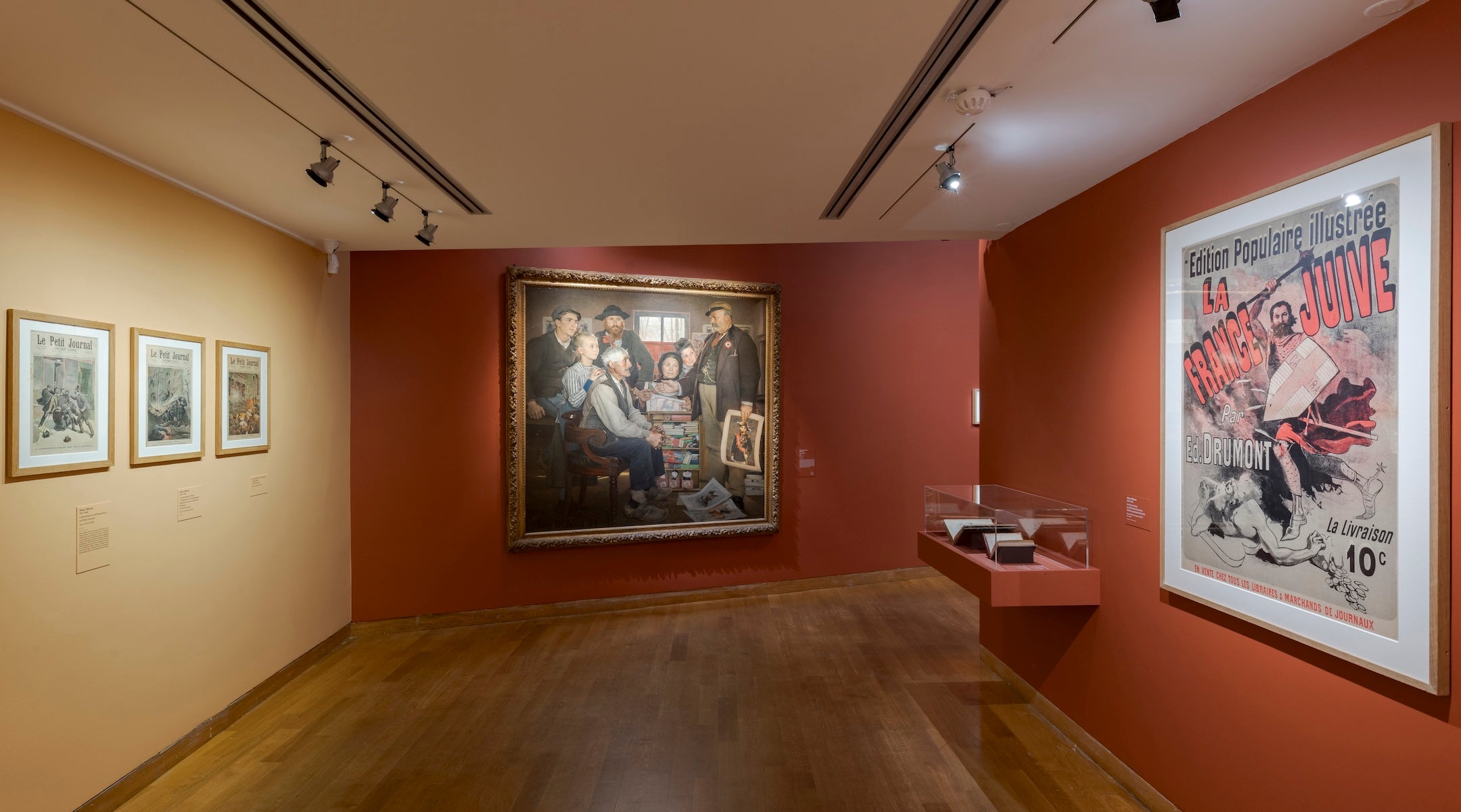
An exhibit at the Museum of Jewish Art and History in Paris explores the lasting story of Alfred Dreyfus. (Courtesy MAHJ)
Pointing to the long-term consequence of the affair is a window one peers through on the walk down to the final floor of the exhibit. Through the window one sees Christian Boltanski’s powerful installation featuring the names and occupations of the 1939 Jewish inhabitants of the museum building. Not seen as citizens deserving any protections, the 80 Jewish residents of the building were deported and sent to their deaths by the French state in 1942. Like Dreyfus, their Jewishness prodded the French nation to question their loyalties to the French Republic and ultimately to cast them out without regard to their fate.
When the viewer arrives on the bottom floor, one sees how “The Affair” reverberated beyond Dreyfus. The Viennese journalist Theodor Herzl confided to his diary that the Dreyfus trial made him a Zionist. Particularly striking was seeing up close, on a wall, not on a computer screen, a large print of the cameos and names of the delegates to the 1897 First Zionist Congress. But a smaller image tells another story. It is a photograph of Madeleine Lévy, murdered in Auschwitz. She was Dreyfus’ granddaughter.
We thought back on this exhibit after the killing in May of two young people leaving a gathering for young Jewish leaders at the Capital Jewish Museum in Washington, D.C.: It reinforced our response to “Alfred Dreyfus” when we saw it as American Jewish historians in Paris. The relationship of Jews to the state has long been fraught and complicated. As historians, we urge American Jews to remember the ultimate lesson of the Dreyfus affair: Weak and corrupt democracies nurture antisemitism; societies that celebrate difference are where Jews historically have thrived.
JTA has documented Jewish history in real-time for over a century. Keep our journalism strong by joining us in supporting independent, award-winning reporting.


